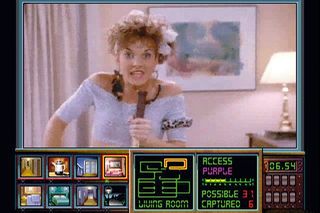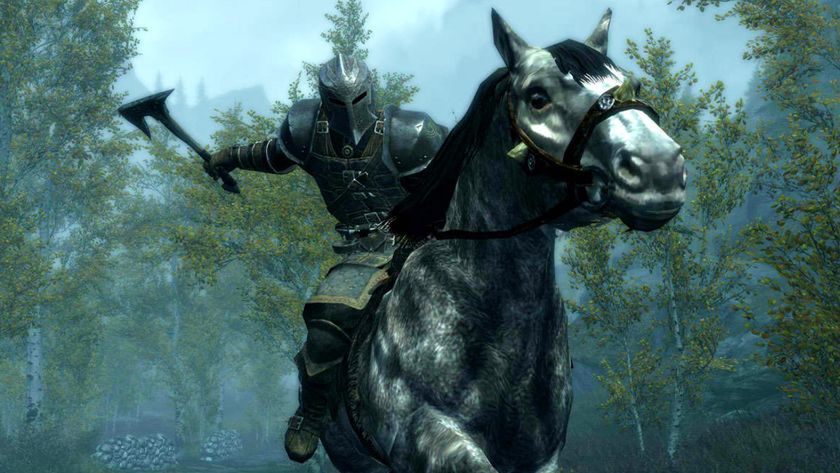Revenge of the FMV
Tracking the sordid history of interactive movies
In 1986, Riley teamed up with Tom Zito, another Bushnell employee, and presented a concept to toy-makers Hasbro: a console called NEMO that would use VHS tapes instead of cartridges. “The first product we rushed to market was the original Night Trap, which I wrote and directed. It wasn’t a cinematic feat in terms of great acting, great storytelling or great anything, but it was the start of live-action interactive.”
But Hasbro scrapped the NEMO project when faced with a humungous software development bill. “It wasn’t until 1991 that we reformed into a company called Digital Pictures - we were the first to figure out how to put full-image interactive material on a CD-ROM,” says Riley. “Night Trap spearheaded the FMV trend in the 1990s,” Paulsen agrees.
The early ’90s was the perfect climate for FMV. Sega launched their CD add-on for the Genesis and PC gaming grew up via CD-ROM. A glut of interactive B-movies flooded onto the PC platform: from soft-core filth (Phantasmagoria) to sci-fi shit (The Daedalus Encounter). So how did they work? David Foster of Digital Leisure, which distributes old FMV titles for PC, explains the science.

Sign up to the 12DOVE Newsletter
Weekly digests, tales from the communities you love, and more













